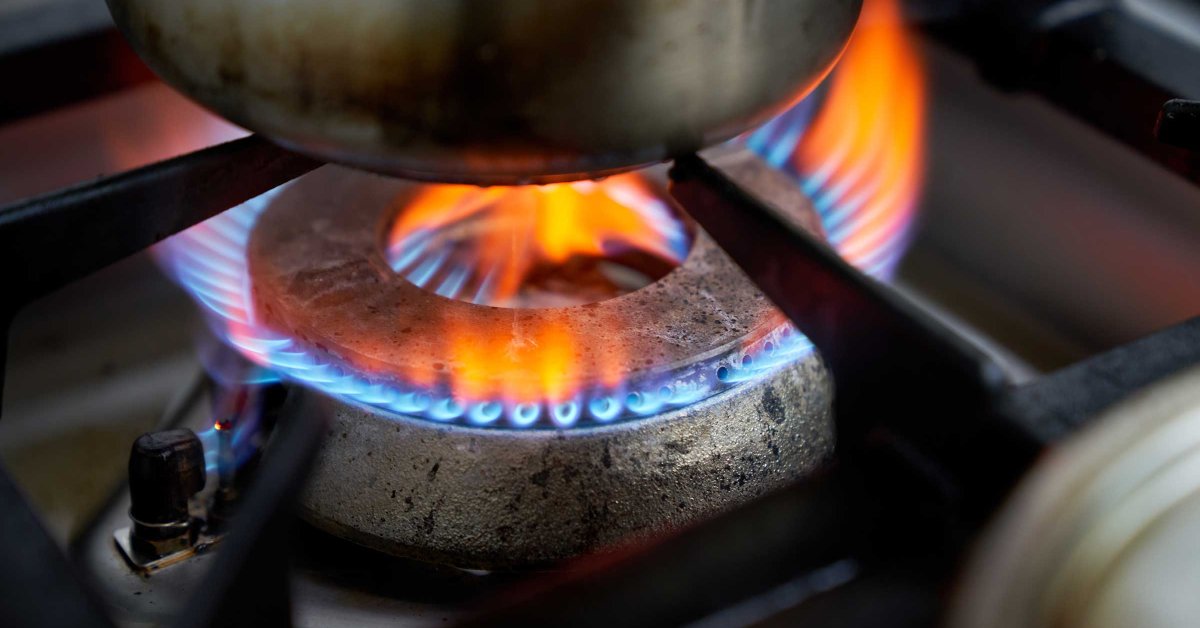Being a climate correspondent involves grappling with moral conflicts. I write extensively about the harmful effects of fossil fuel emissions, yet I find myself hopping on a plane to Georgia to cover the impact of rising temperatures on outdoor laborers. I tout the benefits of heat pumps while my own apartment relies on a gas-fed boiler for heat. I can rattle off the percentage of global greenhouse gas emissions attributed to meat (14.5%), yet I occasionally find myself tempted by a filet mignon on a restaurant menu. Giving up cheese, however, is simply not an option for me.
I make conscious choices to prioritize sustainability whenever possible. Upon moving to Rome two years ago for my current job, I got rid of my dryer, purchased an electric car, and decided against installing an air conditioner. However, a few weeks ago, temperatures soared to 98°F with 60% humidity. The nights were too hot for sleep, and my work-from-home office became unbearable during the day. As someone who studies temperature projections like others tune into the weather report, I knew this was just the beginning. I eventually gave in to the heat and called in an AC technician to install a split AC unit, which consumed a significant amount of energy. This decision made me feel somewhat hypocritical. In an attempt to mitigate the carbon emissions resulting from my new AC, I began exploring other areas of my carbon consumption. It didn’t take long to discover that my gas stove was situated just a few yards away from the AC unit.
I have been reading about the methane emissions associated with gas stoves for years. In 2019, Berkeley, Calif., became the first U.S. city to implement a building code banning gas hook-ups in new constructions. Since then, nearly 100 other cities in the U.S. have followed suit by passing various building decarbonization ordinances, as reported by the non-profit Building Decarbonization Coalition. However, existing building retrofits have received less attention. As a renter in the E.U., where similar bans have yet to be implemented, I believed I was stuck with the gas stove in my apartment or faced with an excessively expensive construction project. Then I stumbled upon articles outlining the health impacts of gas stoves.
Before: a gas-gushing conventional stove
Aryn Baker
After: A climate and health friendly alternative
Aryn Baker
Concerned about my husband’s compromised lungs, I realized it was time to rethink my approach to rental apartments. One article caught my attention with a strategically placed banner ad for affordable plug-in countertop induction burners. For just $100, I could have a two-burner option. It was tempting, but I couldn’t bring myself to sacrifice precious countertop space. Luckily, my partner had a brilliant idea. For a mere $25, he purchased a piece of wood from our local hardware store and had it cut to fit the top of our gas stove. He then installed the induction burners on top. Voila! We now have an inexpensive induction stove. While we can’t make changes to our oven, and baking cookies in a slow cooker isn’t ideal, it’s a step in the right direction. In my next rental apartment, I will strive to do even better. For now, I am doing what I can to reduce my carbon footprint.
More Must-Reads From TIME
Denial of responsibility! SamacharCentrl is an automatic aggregator of Global media. In each content, the hyperlink to the primary source is specified. All trademarks belong to their rightful owners, and all materials to their authors. For any complaint, please reach us at – [email protected]. We will take necessary action within 24 hours.

Rohit Malhotra is a medical expert and health journalist who offers evidence-based advice on fitness, nutrition, and mental well-being. His articles aim to help readers lead healthier lives.


